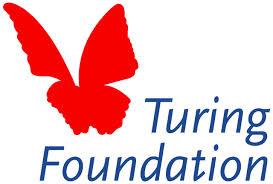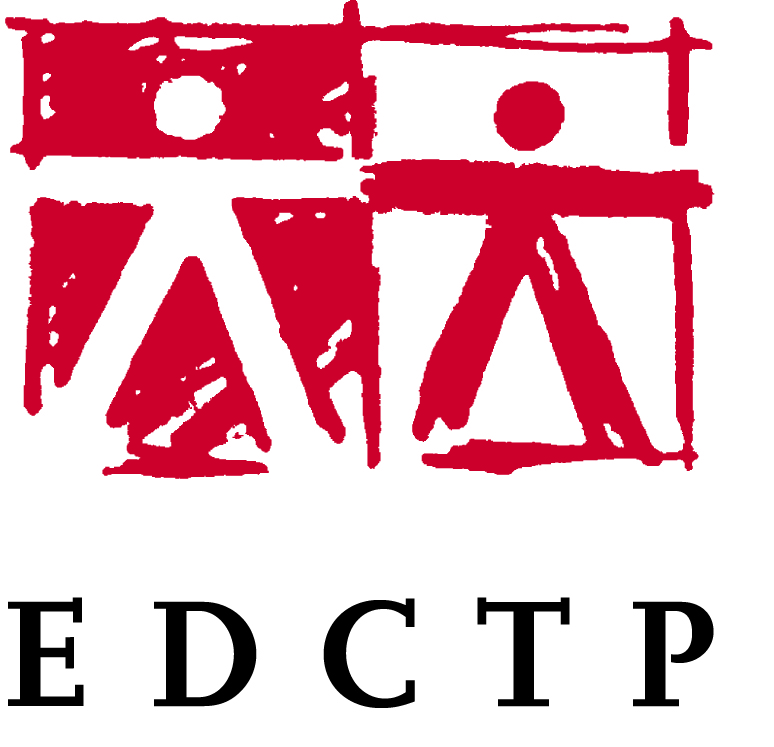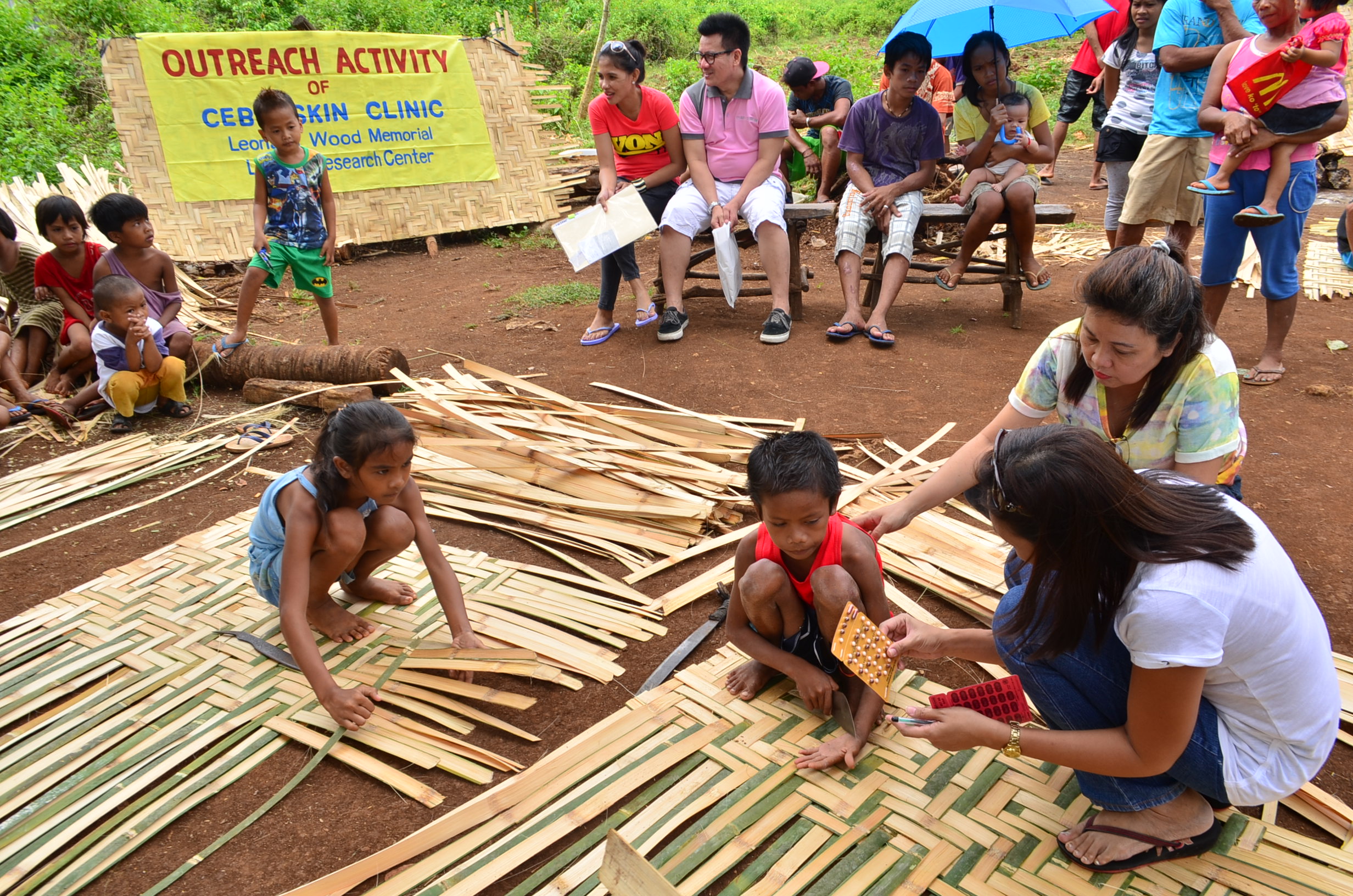Transmission
- Research priorities: Transmission
- Country: Brazil
- Project no.: 707.19.64
- Budget: € 350,000 (this is a contribution to the total costs of this project)
- Duration: June 2019 - August 2025
- Status: Ongoing
- Co-funding partners: Turing Foundation
Full project title:
Safety trial to transition the defined subunit vaccine, LepVax, into M. leprae-infected individuals in a leprosy-endemic country
Project coordination
Hope Rises International
Partners
Infectious Disease Research Institute (IDRI) USA
Leprosy Laboratory Oswaldo Cruz Institute (Fiocruz), Brazil
Aim: LepVax, a defined subunit vaccine designed specifically for leprosy, has cleared safety evaluations in healthy volunteers in the United States. This project supports the onward clinical development of the LepVax by conducting a Phase 1b/2a randomized, placebo-controlled, clinical trial in Brazil.
Project summary
LepVax, a defined subunit vaccine designed specifically for leprosy, has cleared safety evaluations in healthy volunteers in the United States. This project supports the onward clinical development of the LepVax by conducting a Phase 1b/2a randomized, placebo-controlled, clinical trial in Brazil. This represents first use in a leprosy-endemic country and evaluates the safety, immunogenicity and preliminary efficacy of LepVax as adjunctive immunotherapy for leprosy patients. This is a critical regulatory advance that will generate potential for larger scale efficacy trials.
Funding partner

- Research priorities: Transmission
- Country: Ethiopia, Mozambique, Tanzania
- Budget: € 200,000 | Project number: 707.19.58
- Duration: October 2018 - September 2024
- Status: Ongoing
The aim of the PEP4LEP study is to contribute to interrupting the transmission of M. leprae by identifying the most effective and feasible method of screening people at risk of developing leprosy and administering chemoprophylaxis in Ethiopia, Mozambique and Tanzania.
PEP4LEP: Chemoprophylaxis for leprosy: comparing the effectiveness and feasibility of a skin camp intervention to a health centre based intervention. An implementation trial in Mozambique, Ethiopia and Tanzania.
Project coordination
Partners
- Erasmus Universitair Medisch Centrum Rotterdam (Erasmus MC), Netherlands
- DAHW Deutsche Lepra- und Tuberkulosehilfe e. V., Germany
- Ministry of Health, Community Development, Gender, Elderly and Children - Tanzania, United Republic of Tanzania
- Catholic University of Health and Allied Sciences-Bugando (CUHAS), United Republic of Tanzania
- Ministerio da Saúde – Mozambique, Mozambique
- Universidade Lúrio, Mozambique
- Federal Democratic Republic of Ethiopia Ministry of Health (FMOH), Ethiopia
- Armauer Hansen Research Institute (AHRI), Ethiopia
Project summary
The aim of the implementation trial is to contribute to interrupting the transmission of M. leprae by identifying the most effective and feasible method of screening people at risk of developing leprosy and administering chemoprophylaxis in Ethiopia, Mozambique and Tanzania.
The primary objectives are: To compare the effectiveness of a skin camp prophylaxis intervention to a health centre-based prophylaxis intervention in terms of the rate of leprosy patients detected and delay in case detection. To compare the feasibility of the two chemoprophylaxis interventions in terms of cost effectiveness and acceptability.
The objectives will be achieved using a two-arm, clustered-randomized implementation trial design, comparing two interventions for screening of contacts of leprosy patients and distribution of single-dose rifampicin (SDR) as post exposure profylaxis (PEP).
One arm will be community based, using skin camps to screen around 100 contacts of leprosy patients and provide them with SDR when eligible. The other arm will be health centre-based, inviting household contacts to be screened and given SDR when eligible. Both interventions will use a common skin diseases approach; other dermatological (skin) diseases, such as common skin diseases and HIV/AIDS or neglected infectious diseases (NIDs) manifesting skin lesions, will also be diagnosed and treated. In this way, the project will contribute to health system strengthening in the area of diagnosis and treatment of dermatological conditions. A mobile phone application called SkinApp, which is developed by the NLR (Netherlands), will be available to help health workers in diagnostic and treatment plan decision making.
This study will translate a medical intervention of proven efficacy (single dose rifampicin, SDR) into routine care. Because of the feasibility component and the development of guidelines as part of the study, the results can be presented for uptake in national and international policies.
The project period is 52 months, of which three years include patient activities. The trageted sample size is 675 new leprosy patients and a total of around 30,000 contacts screened and potentially offered SDR.
Main funder
European & Developing Countries Clinical Trials Partnership
 |
Supported by the European Union
|
- Research priorities: Transmission
- Country: Comoros, Madagascar
- Budget: € 200,000 | Project number: 707.19.57
- Duration: September 2018 - February 2023
- Status: Completed
This is a “cluster randomized” trial on effectiveness of different modalities of Single Double Dose of Rifampicin Post-Exposure Prophylaxis (SDDR-PEP) for leprosy in the Comoros (Anjouan and Mohéli) and Madagascar.
PEOPLE: Post ExpOsure Prophylaxis for LEprosy in the Comoros and Madagascar
Project coordination
Project summary
This is a “cluster randomized” trial on effectiveness of different modalities of Single Double Dose of Rifampicin Post-Exposure Prophylaxis (SDDR-PEP) for leprosy in the Comoros (Anjouan and Mohéli) and Madagascar. Cluster randomized refers to the random allocation of clusters (villages) rather than individuals to study arms.
The study aims to identify which approach to the selection of contacts for post exposure prophylaxis is most effective to reduce incident leprosy, and to Interrupt ongoing transmission from asymptomatic persons in the process of developing multibacillary leprosy.
For the purpose of the study, villages on the Comoros and Madagascar will be randomly assigned to one of the study arms. For a period of 4 years, each village will be screened once every year. Depending on the study arm, Post-Exposure Prophylaxis (PEP) using rifampicin will be given to contacts of a newly diagnosed leprosy patient.
Three different ways of selecting contacts will be compared with a control arm in which no PEP is given: 1. No Post-Exposure Prophylaxis (PEP) is given to anyone 2. PEP is given to all household contacts of incident leprosy cases 3. PEP is given to all people who live in a 100m radius of incident leprosy cases 4. PEP is given to all household contacts of incident leprosy cases as well as to all others who live within a 100m radius of an incident leprosy case and test positive to a serological screening test (anti-PGL-1).
The main outcome is to compare the leprosy incidence between the arms after 45 months.
Main funder
European & Developing Countries Clinical Trials Partnership
 |
Supported by the European Union
|
- Grant: LRI Regular Grant
- Research priorities: Transmission
- Country: Brazil
- Project no.: 704.16.31
- Budget: € 42,668 |
- Duration: April 2016 – June 2019
- Status: Completed
- Co-funding partners: Turing Foundation

Full project title:
Comparative sequencing analysis of genes associated with susceptibility to leprosy and its reactive states
Project coordination
Pontifícia Universidade Católica do Paraná (Brasil)
Partners
Federal University of Goiás (Brasil)
Aim: In this project, the research group applied next-generation sequencing technology to sequence six genes consistently associated with host susceptibility to leprosy and leprosy reactions.
Final project summary
Leprosy is a chronic infectious disease caused by Mycobacterium leprae, an obligate, slow growth, intracellular pathogen with tropism for skin and peripheral nervous system. Development of leprosy is highly dependent of host genetic risk factors, as initially demonstrated by observational studies. With the advance of technology, molecular studies successfully identified various candidate genes involved in the control of leprosy phenotypes. However, none of these study designs is suited to pinpoint the true causative genetic variants underlying the observed association effects. This study aimed to identify rare and/or common changes in the DNA of 73 genes previously implicated in the molecular control of host susceptibility to leprosy.
The analysis of variants on the genetic material of the individuals included in the study led to the identification of 37 DNA changes distributed in 24 genes that may increase the chance of an individual developing leprosy after contact with the causative bacteria. Nine of these changes led to modifications in the structure of proteins, and two of these changes are predicted by computer systems to be damaging to the protein function. Six of these genes have more than one DNA change associated with leprosy and, for two out of these six genes, analysis considering combinations of the independent variants confirmed strong evidence for association with leprosy. In 4 of the 37 genes analysed, the combination of rare changes in the genome of the individuals caused an increased risk of development of leprosy. Finally, these genetic variants are being used to predict the risk of a leprosy patient to develop leprosy reactions, through a free-access computer-based, on-line artificial intelligence system that is operating with sensitivity and specificity higher than 85%.
Impact
- Oral presentation at the 20th International Leprosy Congress, 2019 in Manila, Philippines, with the title “Fine mapping of the transcribed sequences of genes associated with host susceptibility to leprosy"
- The study and part of the results have been presented in the “II Mostra de pesquisa PPGCS e Escola de Medicina” – a local event of our graduate program (2018).
- Research priorities: Transmission
- Country: Philippines
- Budget: € 476,348 | Project number: 701.05.20
- Duration: January 2011 - December 2016
- Status: Completed
This project researched transmission patterns within the community to gain information on leprosy epidemiology and found continued new cases and a slight shift towards a more severe type in Cebu, the Phillipines. Moreover, full application of molecular epidemiological techniques for leprosy control activities can give valuable insights into the dynamics of leprosy transmission in a given population and help identify here-to-fore unrecognized transmission networks but will require technical refinement. Results are available.
Macroepidemiology & microepidemiology of leprosy in Cebu, Philippines
Project coordination
- Leonard Wood Memorial Center for Leprosy Research (Philippines)
Partners
Final project summary
The purpose of this project was to increase the knowledge about the spread of leprosy in Cebu, by linking epidemiological data with data of the specific M.leprae (geno)types. This information will help to understand the types of M.Leprae bacteria and the types of leprosy prevailing in the island. In addition, a better understanding on various factors affecting the spread of leprosy in the community will help to improve leprosy control strategies both locally and globally by redirecting attention to high risk populations (eg: children, family members, urban slum, etc.) who may need closer monitoring or intake of drugs that will protect them from developing leprosy.

The research group's findings suggest that despite the declining trend, the number of new leprosy cases detected each year and the average age of children developing the disease stays the same, suggesting that spread of leprosy in Cebu is still active and recent. In addition, there seems to be a slight shift of leprosy towards the more severe type suggesting that a huge reservoir of infection is still present in the area. The substantial number of cases detected in recent years also confirms the importance of continued funding support to sustain active case finding activities. The researchers furthermore concluded that full application of molecular epidemiological techniques for leprosy control activities will require technical refinement, but can give valuable insights into the dynamics of leprosy transmission in a given population and help identify here-to-fore unrecognized transmission networks.
Related publications
Scheelbeek PFD, Balagon MVF, Orcullo FM, Maghanoy AA, Abellana J, Saunderson P (2013). A retrospective study of the epidemiology of leprosy in Cebu: An eleven-year profile. PLoS neglected tropical diseases. 7(9):e2444
Co-funding partner



